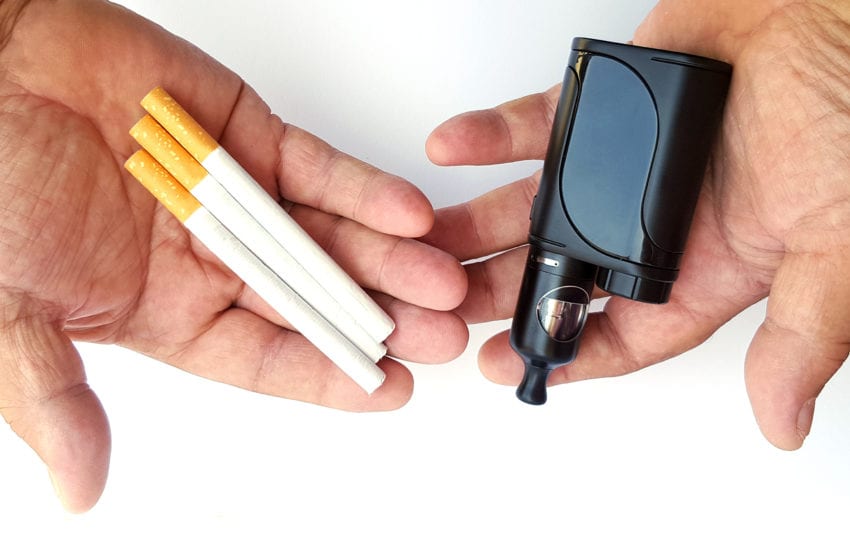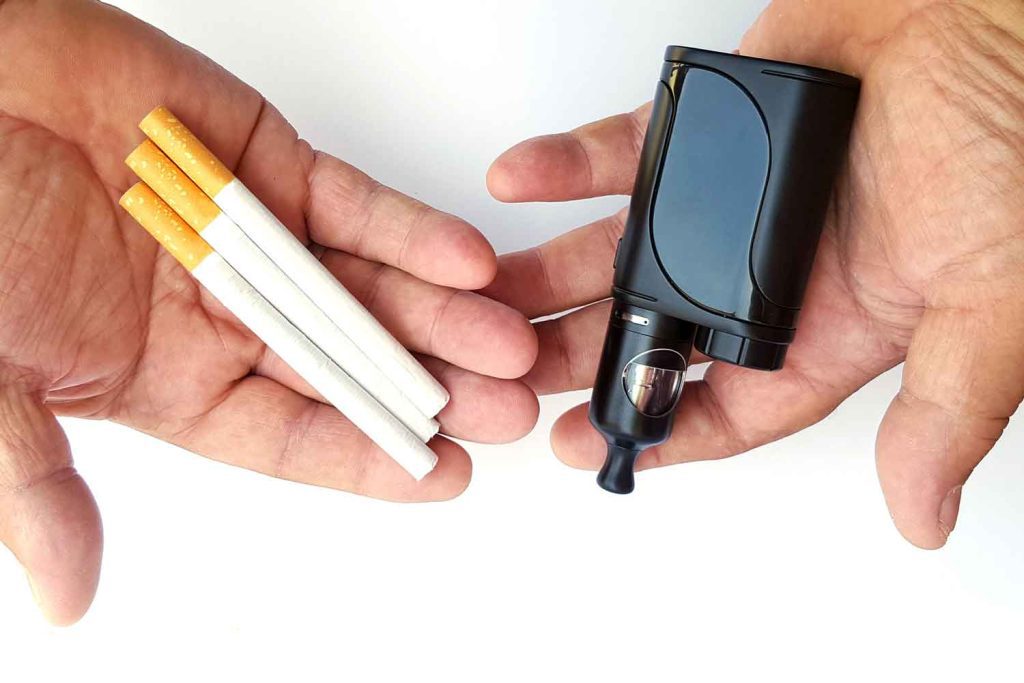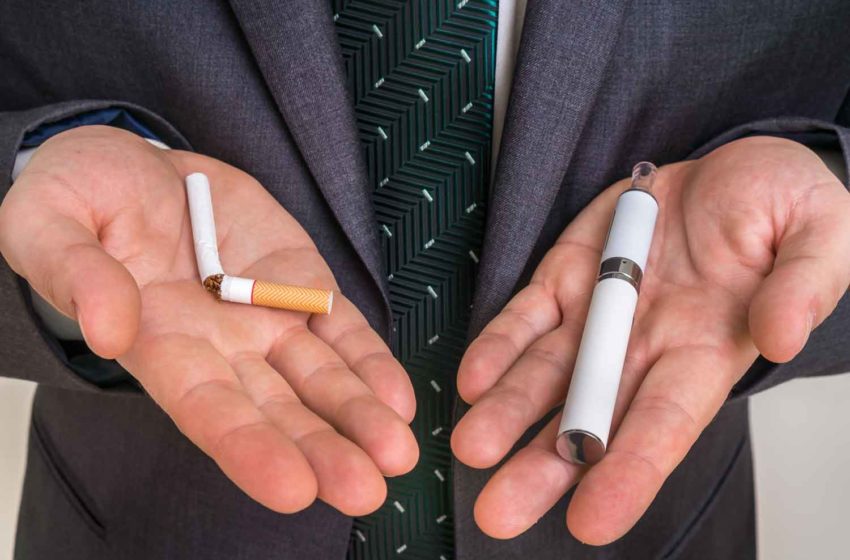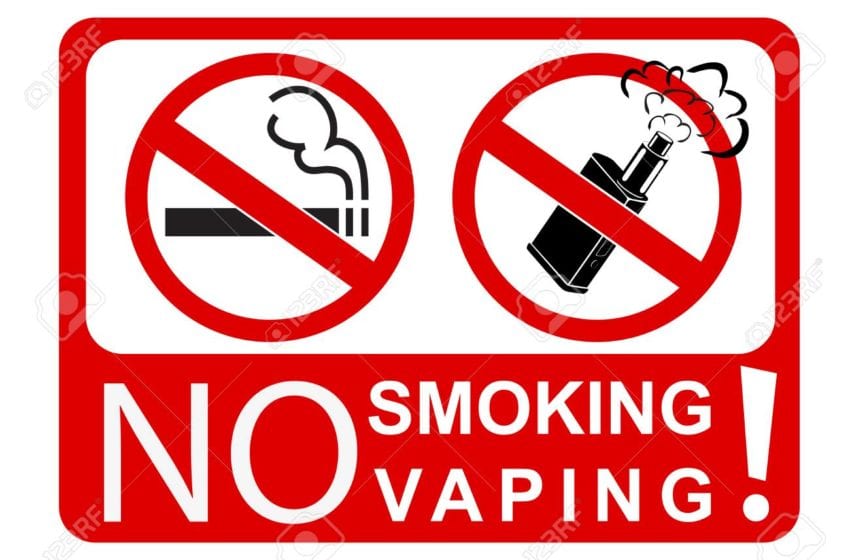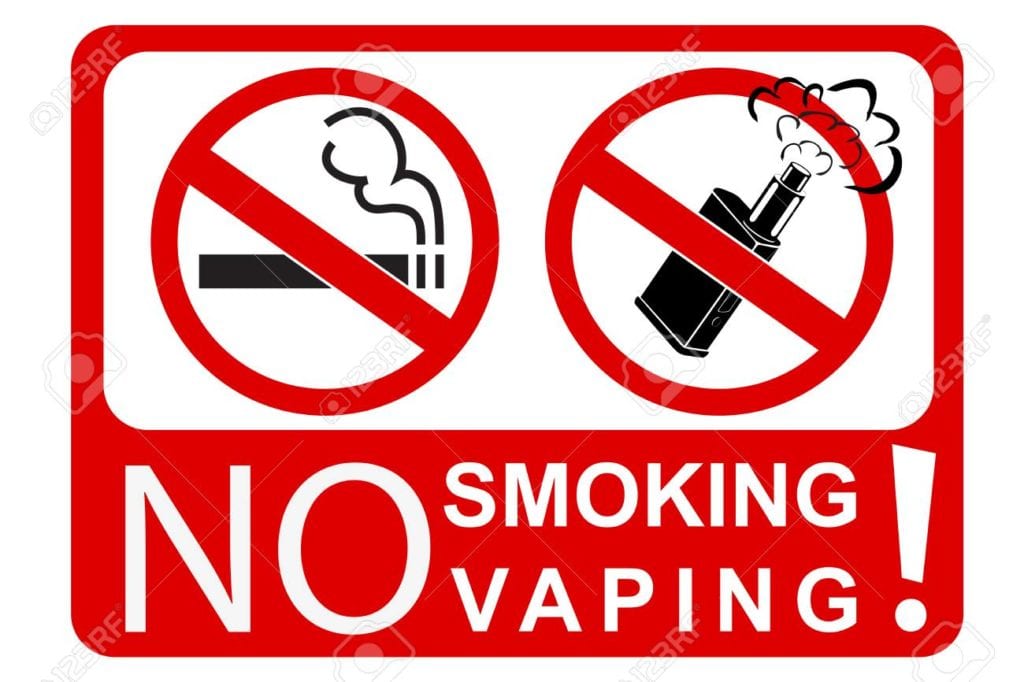
A global alignment on health policy is necessary to make a smokeless world a reality.
By James Murphy
With renewed attention on smoking and vaping regulation around the world, now is the time for action that will realize global smoke-free ambitions and ensure cigarettes become a thing of the past.
Achieving this vision requires a global consensus on the most effective approach to create sustained and lasting changes to consumer behavior—tobacco harm reduction (THR).
THR is one the greatest public health opportunities today, representing a pathway for hundreds of millions of smokers who would not otherwise quit to transition from combustible tobacco products to smokeless alternatives.
Countries that have recognized the opportunity THR presents, and which have adopted supportive policies, have seen striking success in reducing their smoking rates. The U.S., U.K. and Japan are all currently witnessing their lowest smoking rates on record while Sweden is on track to declare themselves smoke-free this year—defined as having less than 5 percent daily smokers in the population—16 years ahead of the 2040 EU target.
These remarkable transformations have been driven by widespread THR acceptance from policymakers, regulators, health officials and consumers in these markets, enabling and encouraging smokers to migrate from combustible tobacco products such as cigarettes to vapor, oral nicotine pouches, snus and heated-tobacco or herbal products.
The widespread accessibility of smokeless products is essential for the success of THR. However, at present, this is being hamstrung by many countries limiting access to these alternative tobacco and nicotine products. For example, 60 percent of the world’s population live in just 15 countries. Of these, only about 40 percent permit the sale of smokeless products, leaving millions who would otherwise continue to smoke without the option to switch to such alternatives.
In order to fully realize the public health potential of THR and significantly reduce the more than 8 million deaths attributed to smoking cigarettes each year, regulators around the world should embrace evidence-based science to drive positive public health outcomes. This means implementing a supportive regulatory framework that encourages adult smokers who would otherwise continue to smoke to switch while also protecting consumers with stringent safety standards and preventing underage use.
In addition, the global success of THR depends on governments and regulators correcting persistent misperceptions of smokeless products compared to cigarettes.
A University College London-led study published earlier this year highlighted that most smokers in England wrongly believe vaping is at “least as harmful as smoking,” with 57 percent of respondents saying they thought vaping was “equally” or “more harmful.” This echoes trends reported in the U.S., with research showing that perceptions of e-cigarettes as more harmful than cigarettes doubled year on year between 2018 and 2020. Not only are these misperceptions flawed, but they also have significant implications for public health by actively discouraging smokers who would otherwise continue to smoke from making the switch to smokeless products.
Greater efforts are needed to counter these misperceptions—something that BAT is trying to tackle. As the world’s largest vapor company and a leader in smokeless products, BAT is committed to producing innovative products backed by world-class science and industry-leading product safety and quality standards. BAT’s THR approach is based on the growing body of research and weight of evidence approach that substantiates its belief of the reduced-risk profile of these products compared to cigarettes, which have been accepted by many international public health bodies. BAT publishes its science research to increase understanding of THR and raise awareness with stakeholders.
Indeed, the industry developing and producing these products has a critical role to play. But to achieve the conditions required to make a success of THR, an inclusive, open and honest dialogue with all stakeholders is required. That includes policymakers, regulators and the healthcare and medical communities. Unfortunately, this is not yet the case, with the industry all too often excluded.
We have an opportunity to usher in a new smokeless world, grounded in scientific research and a firm commitment to public health. The solutions are available today. All that is required is for the relevant stakeholders to actively work together to prioritize THR and the well-being of millions of people worldwide.



